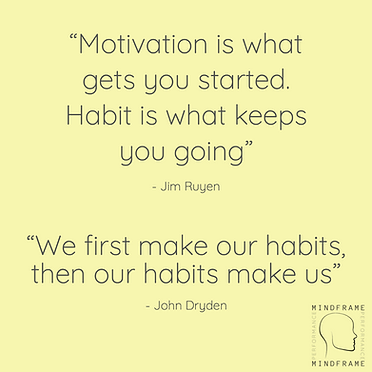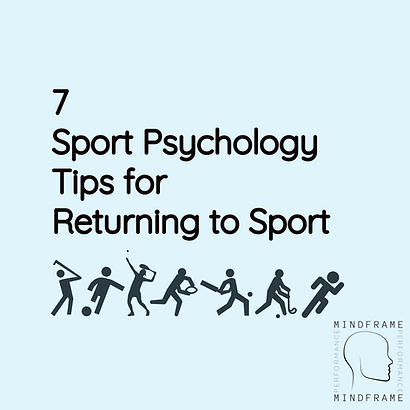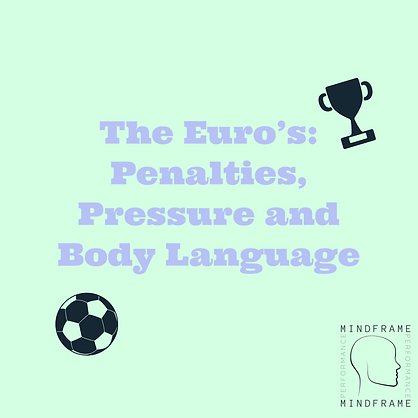Building Effective Habits
The reason why? Habits.
A habit is a repeated behaviour that occurs without conscious thought and they account for roughly 45% of all our actions. Building habits is the most effective way to implement consistent behaviour change as they essentially put your mind into autopilot and remove the conscious cost-benefit analysis involved in decision making. Less thinking about doing it and more chance of actually doing it.
In its simplest form a habit can be broken down into 3 parts:
Trigger –> Behaviour –> Reinforcement
So how can we start being productive again?
Manipulate the triggers of the desired behaviour and reinforce it.
1. Time – Waking up triggers mindless habits that you don’t even think about – brush your teeth, breakfast, shower. Exercising at a set time everyday creates a powerful trigger that when done enough, can eventually form a habit that becomes as mindless as brushing your teeth.
2. Location – Habits are often a response to the environment around us. We mentally assign habits to a particular location. With gyms shut, this is difficult but it is important to assign a space in your home or a place outdoors where you exercise. Building new habits in familiar locations means fighting pre-existing cues. A new location is like a blank slate for a new habit.
3. Preceding event – Habits trigger other habits. For example, you get home from work, go to the kitchen for a snack and sit down to watch TV. Habit stacking can trigger a cascade of habits from one simple action. For example, if you want to exercise, you could break an old habit by getting a glass of water instead of a snack followed by a workout. Bad habits out, healthy habits in from manipulating the preceding event.
4. Emotional states – Your emotions predict your actions. For example, you eat chocolate when you’re feeling depressed. Becoming aware of your emotional-behavioural responses allows you to intercept before the behaviour is initiated. Feeling down? Switch up eating with exercise. Both release the feel-good hormone serotonin, however, they have slightly different health-related outcomes.
5. Other people – Your friends and the people you surround yourself with often determine your behaviours. Your friend is going to the gym, it is likely you will too. Your friend becomes obese, your risk of becoming obese increases by 57%.
Positive reinforcement
Negative reinforcement

Recent Posts
Homophily, Cognitive Diversity & Creativity in Business
The ultimate guide on How to Achieve your Goals in 2023
7 Sport Psychology Tips for Returning to Sport
The ultimate guide on How to Achieve your Goals in 2023
The Euro’s: Penalties, Pressure and Body Language
The ultimate guide on How to Achieve your Goals in 2023
Ready to transform your mindset?
Take your game to the next level and fulfil your potential
Get in Touch![]()







